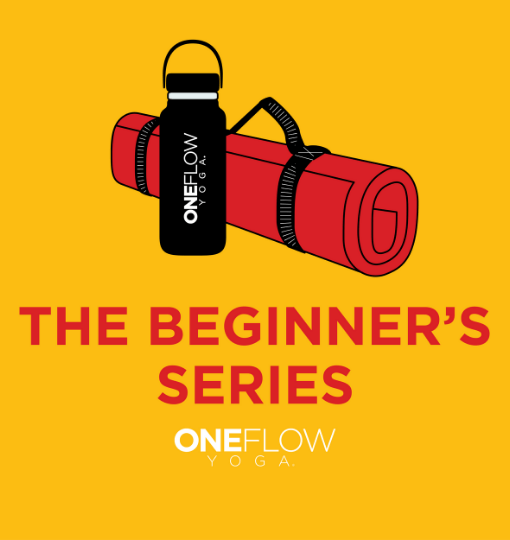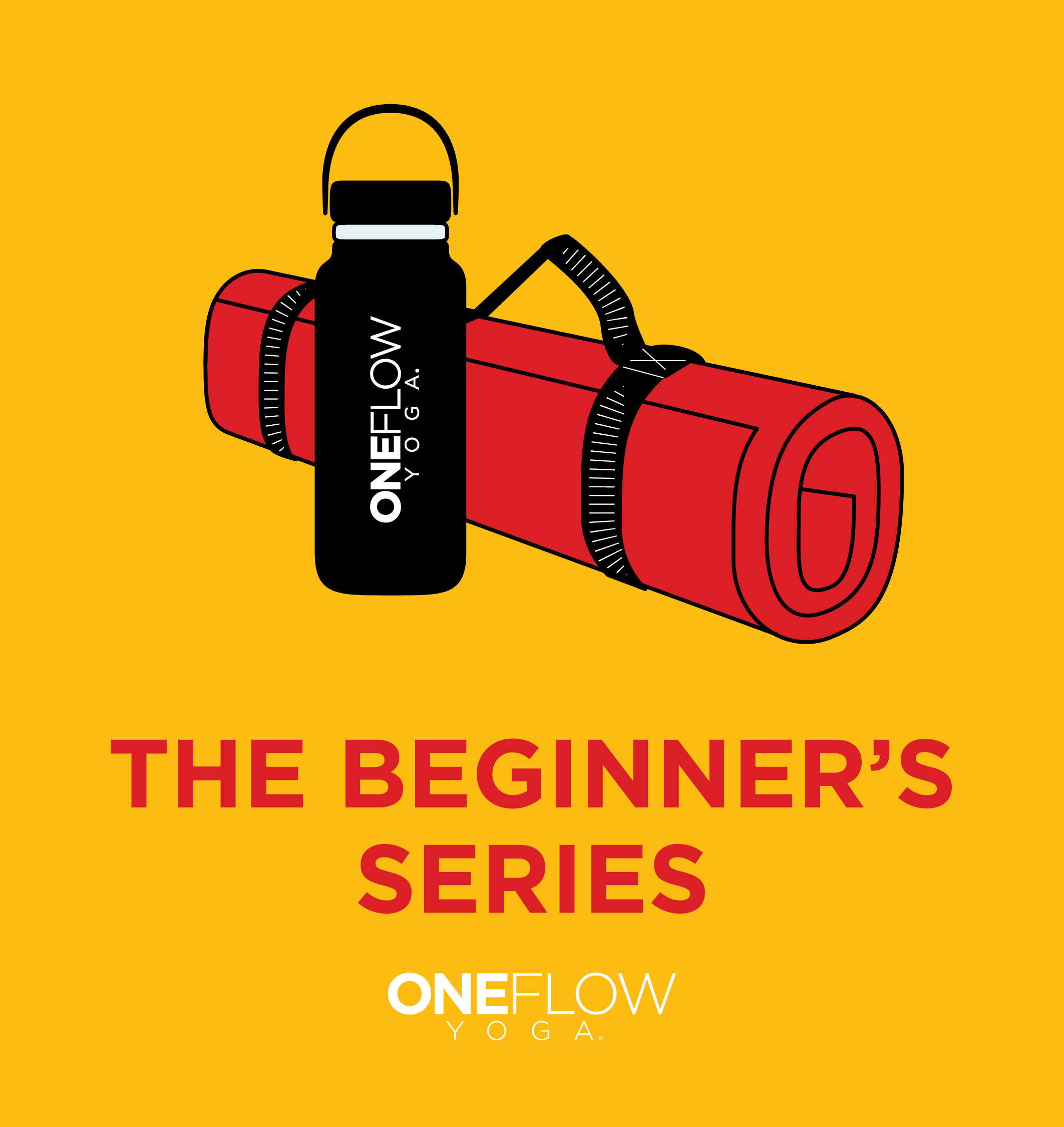The idea of yoga as a skill, or as a moving meditation, isn’t novel, but it’s a lot to unpack. But understanding each element is key to knowing how to use the practice to become stronger, calmer and more relaxed.
WARNING: I’m going to use the idea of yoga in multiple ways. They are accurate and yet suggest there’s more to the story than postures.
Yoga Asana
Our first definition of yoga is asana or physical practice, the most common use of the term in the West.
The physical part is important because it is something we can do. It is an action and as such is something we can develop proficiency in.
The physical nature of the practice also allows us to draw parallels to other endeavors that move the body. Dance might immediately come to mind, but I was thinking about chopping cucumbers.
Skill
When I was just out of college, I considered doing many things including attending a culinary institute.
In exploring schools, a commonality was the requirement to take knife skills every semester because cutting, peeling, and dicing are fundamental to cooking.
Like all skills, they take time and practice to develop.
And the payoff? The ability to slice through a vegetable of your choosing with grace and beauty.
These qualities, aren’t unique to knife work but are elements of any skillful movement.
Like yoga.
Especially Vinyasa yoga.
When you connect the breath and movements seamlessly, it is beautiful.
And when you don’t it’s more like flailing your body around wildly.
The Confusion Over What Takes Skill
There is the general assumption that the point of yoga is to “get into the pose.” This is why people think being good or advanced requires you to do progressively more difficult poses.
But this is a misunderstanding.
A yoga posture represents more than the destination or result. It is both the skill with which you move through it and how you learn to be skillful in the first place.
You learn by doing.
How to Learn to Be Skillful at Yoga
Yoga as graceful movement shares a lot with the martial arts.
In Japan, it was common for martial artists to study and develop the skill of calligraphy. For instance, the founder of Aikido, Morihei Ueshiba, was highly regarded as a calligrapher.
As H.E. Davey Sensei, Director of the Sennin Foundation Center for Japanese Cultural Arts states:
martial strategy and combat…and fine arts of Japan…must be considered as one. [Calligraphy] is more than mere writing, and its skilled practitioners believe that the ‘visible rhythm’ created by the brush is a ‘picture of the mind’ which reveals the calligrapher’s physical and mental condition.
He continues:
Through rigorous training, a kind of seishin tanren (spiritual forging), the student’s mental condition is altered, and this change in consciousness is expected to be carried into the individual’s daily life as well.
Let’s pause to recap.
The way the artist moves his brush, or the yoga student moves her body, reveals their physical and mental states. To alter both takes “rigorous training,” and these changes carry into daily life.
The physical practice of yoga is the method to train the mind. By learning to move in a skillful way, physically, you alter the way the mind moves and thinks.
Learning Yoga Changes Your Brain
There’s more, for it turns out the time and effort you put into learning yoga change your brain.
According to Anders Ericsson, a psychologist who studies the effects of learning skills:
There is a growing body of evidence that both the structure and function of the brain change in response to various sorts of mental training, in much the same way as your muscles and cardiovascular system respond to physical training.
The way your brain develops depends on how you use it. It is so responsive that if you are a musician who trains on an instrument requiring dexterous finger movements, as in playing the guitar or cello, those matching regions of the brain enlarge.
How are the brains of yoga practitioners affected?
Dr. Sara Lazar studies the neuroscience of both yoga and meditation. In 2011 she led a team of researchers at Harvard who found that eight weeks of mindfulness training restructured the brain. Over that short amount of time, the study participants increased the area of the brain responsible for emotion regulation and decreased the regions that respond to fear, anxiety and stress. MRIs were used to confirm the size of the changes.
What makes the difference between fluidity, that differentiates a skillful yoga practice, and erratic movement?
In a word, tension:
Tension and Skill
The grace of cutting a cucumber or singing a high note denotes a lack of tension.
Tension leads to constriction which leads to tightness which stifles your ability to move freely.
Martial arts author Michel Random writes, “Wherever there is distress, worry or uneasiness, there can be no perfect freedom or swiftness of action.”
The Yoga Sutras of Patanjali, make the same point.
II.45 sthira-sukham asanam
Posture should be done with steadiness and ease.
Skill is synonymous with ease. That holds true as much for surgeons as yoga practitioners.
What causes tension?
- Forcing
- Pushing
- Straining
Another way to think of tension is a lack of harmony in both thought and action.
Every time you force your way into a posture you crank up the pressure one more notch.
How do you unspool the stress and learn to move with effortless effort? Do the complete opposite.
Movement and Stillness
In the movie Crouching Tiger, Hidden Dragon, Master Li Mu Bai tells his would-be apprentice, Jen Yu, that he can teach her to use the sword skillfully, “but first you must learn to hold it in stillness.”
I can hear your thought now. “Wait, Kate, are you telling me that to move quickly and gracefully through Vinyasa I need to learn to be still?”
Yes, that’s it.
Take tadasana, mountain pose. While the posture looks like you are simply standing, the true objective is standing in stillness. It’s incredibly hard to do.
Try this experiment. Stand in tadasana in balance. Notice how the weight keeps shifting from one foot to the other and from front to back.
Back and forth. Back and forth.
The more you try to force stillness the more you end up spinning. The weight distribution circles around all four directions faster and faster.
The only way to stop the spiraling motion is to relax and go with it. When you do, the weight will be equal. This is samasthiti.
Renown teacher Erich Schiffmann shares this insight.
Stillness is not the absence or negation of energy, life, or movement. Stillness is dynamic. It is unconflicted movement, life in harmony with itself, skill in action.
That last part is directly from the Bhagavad Gita.
“…for yoga is skill in action.” 2:50
Another BG observation that is helpful here.
“The wise see that there is action in the midst of inaction and inaction in the midst of action.” 4:18
Fluid movement contains stillness. It’s a good place to start if you want to refine your practice.
Breath
The tool to observe tension, and release, is the breath. Steady breath reflects a steady state of mind and body. And, when your breath is shaking or stuttering it reveals the same within you.
The ability to smooth out and connect the breath is the same skill needed to stand in stillness. Relax and go with the flow versus fighting it.
As you slowly cultivate your ability to even out your breath, you will notice a different quality inhabits your practice—tranquility. This calm extends to the way you breathe, think and move.
You’ll also witness this same quality throughout your everyday life.
Moving Meditation
When someone skillfully moves in harmony, they make the effort look easy. The ease belies the hard work it takes.
Graceful movement falls into the realm of meditation because it contains the elements of listening and self-awareness. Breath and movement connect, a union that can be called spiritual.
The practice holds the same possibility for each of us.




